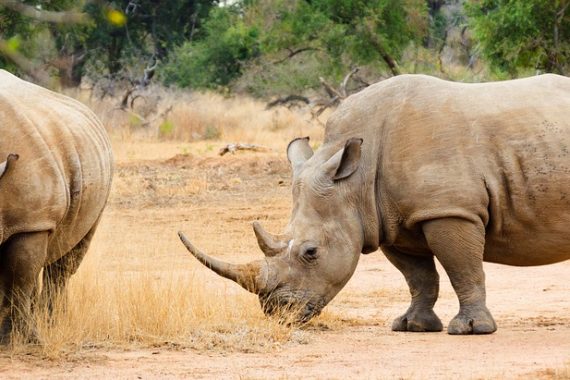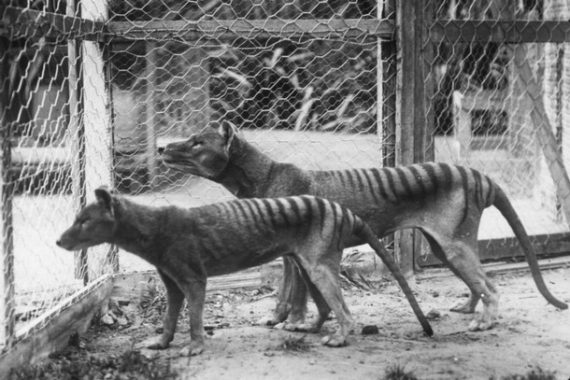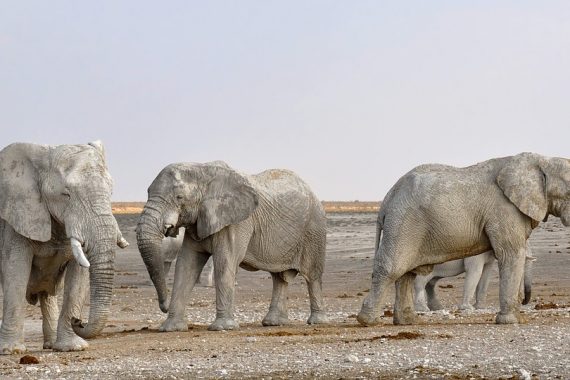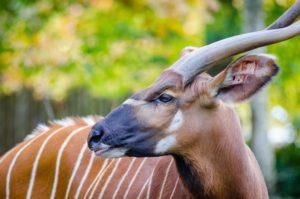 We are back with Angie’s favorite, hoof and horns. The Bongo is one of the world’s largest antelope species. It is also quite elusive, living in the dense forests of Africa. Sadly, one subspecies of Bongo from Kenya is critically endangered. Whereas the other subspecies is near threatened with extinction. These large charismatic herbivores are worth your time to learn about.
We are back with Angie’s favorite, hoof and horns. The Bongo is one of the world’s largest antelope species. It is also quite elusive, living in the dense forests of Africa. Sadly, one subspecies of Bongo from Kenya is critically endangered. Whereas the other subspecies is near threatened with extinction. These large charismatic herbivores are worth your time to learn about.
Bongo History
Being such an elusive animal, not much is know about the Bongo’s natural history. While living in the dense tropical forests, many of their ancestors bones have yet to be found. However, bovids as a whole first emerged about 20 million years ago. It is thought the Bongos closest relative emerged about 4 million years ago. There is no doubt similar to other large species, Bongos have been around for hundred of thousands of years.
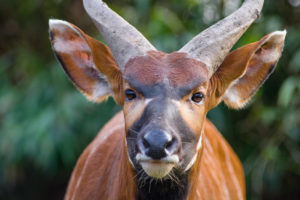
The Bongo belongs to the subfamily Bovinae. This includes one genus of Bovini, which includes bison and cattle. Bongos belong to the other genus Tragelaphus. Included in this tree are the:
- Giant Eland
- Common Eland
- Greater Kudu
- Lesser Kudu
- Kewel
- Mountain Nyala
- Nyala
- Sitatunga
Within the Bongo there are two species:
- Western/Lowland Bongo (Tragelaphus e. eurycerus)
- Eastern/Mountain Bongo (T. e. isaaci)
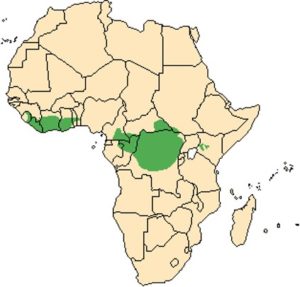
Bongo Physiology
Bongos can live up to 21 to 22 years. Not much is known about their behavior since they are elusive. Similar to the other large herbivore from Central Africa, the Okapi. Bongos can be preyed upon by lions, leopards and hyenas. However, their striking coat pattern is used to provide great camouflage in the dense forest canopy.
Bongos are important herbivores for the ecosystem. They consume large amounts of leaves, grass, bark, roots, nuts, fruit, shrubs, flowers and other plants. All are important to maintain nature in balance. Bongos are also known to eat brunt wood, which can provide important nutrients to them. Mainly minerals.
Bongo Conservation
The Eastern/Mountain Bongo is critically endangered. These are some of the most endangered mammals in Africa. With a population of maybe 140 left in the world. these large antelope are very close to extinction.
The Western/Lowland Bongo is also suffering and near threatened. With the bushmeat trade, habitat loss, logging and disease, Bongos are in danger as a whole of extinction.
Organization

